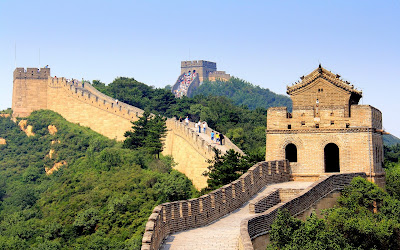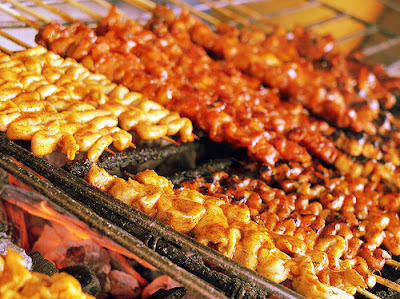Rapa Nui's mystical moai statues stand in silence but speak quantities about the achievements of their designers. The stone blocks, carved into head-and-torso characters, average 13 foot (4 meters) large and 14 plenty. The effort to create these monuments and move them round the island will need to have been considerable but nobody knows why the Rapa Nui people undertook such an activity. Most scholars suspect that the moai were intended to honor ancestors, chiefs and other important personages, However, no written dental background is accessible on the island, so it's impossible to be certain.
A Polynesian world blossomed in this unlikely locale after hardy souls in some way navigated a fleet of wooden outrigger canoes to the very small speck in the vastness of the Pacific Sea. Here, in isolation some 2,300 a long way (3,700 kilometers) western of SOUTH USA and 1,100 kilometers (1,770 kilometers) from the nearest neighboring island, the Rapa Nui developed a definite artistic and architectural culture. That culture reached its zenith through the tenth to 16th centuries, when the Rapa Nui erected and carved some 900 moai over the island.
It really is generally thought that the Rapa Nui's demise resulted from the environmental catastrophe of their own making.
It's not clear when the hawaiian islands were first settled; estimates range from A.D. 800 to 1200. It is also not clear how quickly the island ecosystem was wrecked--but a major factor is apparently the slicing of an incredible number of giant hands to clear fields or make fires. It's possible that Polynesian rats, arriving with individuals settlers, may have eaten enough seed products to help decimate the trees.
Either way, lack of the trees subjected the island's abundant volcanic soils to serious erosion. When European arrived in 1722, they found the island mainly barren and its inhabitants few.
Today's travelers are numerous, and most visit the Rano Raraku quarry, which yielded the stones used for almost all of the island's moai. Rapa Nui's early inhabitants kept the quarry in a remarkable condition--it is home to some 400 statues, which come in all stages of completion.
Meanwhile, across the entire island, many moai are reversing the creation process and deteriorating from precious carvings back to plain rock swiftly. The volcanic stone is at the mercy of weathering, and intensive conservation efforts are need to help preserve Rapa Nui's stone legacy in its present, awe-inspiring state.
How to Get There
It is miraculous that Polynesian individuals ever reached Rapa Nui to begin with. Today is far easier getting there, however the island is very considerably afield still. Long flights service Rapa Nui from Santiago, Chile and Tahiti.
When to go to
High season on Rapa Nui is the Southern Hemisphere summer--January to March. Though winter can get somewhat chilly, average maximums still hover around 72?F (22?C) and minimums dip to only 57?F (14?C)--so the weather is absolutely rather enjoyable year-round. Reduced crowds are an added attraction in the off-season.
Cars, motorcycles, and pile bikes are available for hire and all are good ways for people to explore the island's spread archaeological sites. Some people visit Rapa Nui to explore its ethnical history the island is also home for some excellent diving, browsing, and enticing seashores when a lttle bit of rest is in order.








































